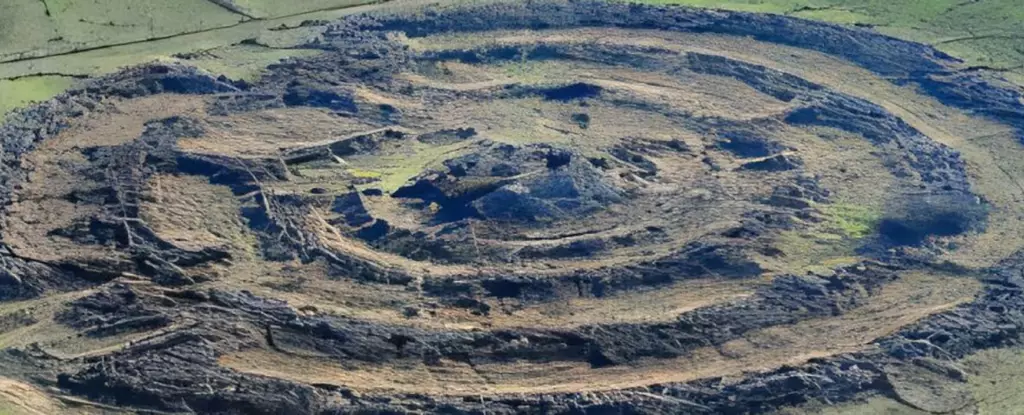Rujm el-Hiri, often referred to as the “Wheel of Ghosts,” is an intriguing archaeological phenomenon located on the Golan Heights plateau in southwest Syria. Long regarded as an astronomical observatory, recent research from Israeli institutions, including Tel Aviv University and Ben-Gurion University of the Negev, challenges this narrative. By employing a diverse array of scientific methods, the researchers reveal that the site has undergone considerable geological movement over millennia—prompting a reevaluation of its original purpose and significance.
Historically, Rujm el-Hiri has been celebrated for its perceived alignment with celestial phenomena, leading many to posit that it functioned as an ancient observatory. However, the recent study casts doubt on this notion, suggesting that the structure’s alignment was not static but rather altered significantly due to tectonic shifts. The research team employed geomagnetic analysis to investigate the residual magnetic signatures left in the site’s rocks and soil, along with remote sensing techniques to analyze its layout using satellite imagery. They argue that its current orientation and positioning do not reflect its original setup, significantly undermining the previously held astronomical theory.
The researchers estimate that Rujm el-Hiri may have first been constructed around 4500 BCE, with subsequent alterations leading up to the Bronze Age (approximately 3600 to 2300 BCE). This timeline revealed an evolution of human activity at the site, which may not have solely been ceremonial or observational but also functional, possibly serving as a fortification or community hub. The structure itself consists of a large central cairn surrounded by concentric circles of basalt stone, extending roughly 150 meters in diameter. Importantly, the addition of walls and burial mounds in the vicinity illustrates the layered history of human interaction with the site.
The findings suggest a more intricate narrative surrounding the Rujm el-Hiri’s significance. The researchers pointed out that most archaeological features within the region were repurposed and modified long after their initial construction. This pattern of construction and alteration reflects a dynamic relationship between human societies and their environment, marked by the continuous reimagining of space and purpose. The researchers wrote, “Rujm el-Hiri is a prime example of such a complex sequence,” highlighting how monuments like this serve as tangible records of the cultural and social transformations that shaped ancient communities.
What makes this study particularly groundbreaking is its interdisciplinary approach—integrating geophysical analysis, GPS technology, and paleomagnetic reconstructions. By combining these methodologies, the researchers have not only shed light on Rujm el-Hiri but also set a precedent for future archaeological studies in the Southern Levant region and beyond. The potential applications of such techniques extend further, hinting at the possibility of training artificial intelligence models to identify similar structures in satellite imagery—an endeavor that could revolutionize how we discover and understand ancient human-made monuments.
The implications of this research extend far beyond the immediate geographic area, opening avenues for comparative studies with megalithic sites and burial mounds global. As researchers continue to explore the complexities of structures like Rujm el-Hiri, they may uncover not only the architectural ingenuity of past civilizations but also the philosophical and existential questions that propelled these communities to erect such monumental landmarks.
Rujm el-Hiri stands as a testament to the layers of history that define human development. As we reassess the purpose and significance of this ancient site, we are reminded of the intricate interplay between our ancestors and the ever-changing landscape they inhabited. The journey of rediscovering Rujm el-Hiri is, therefore, a reflection of our quest to understand the past while forging pathways to innovate our future explorations in archaeology and beyond.



Leave a Reply